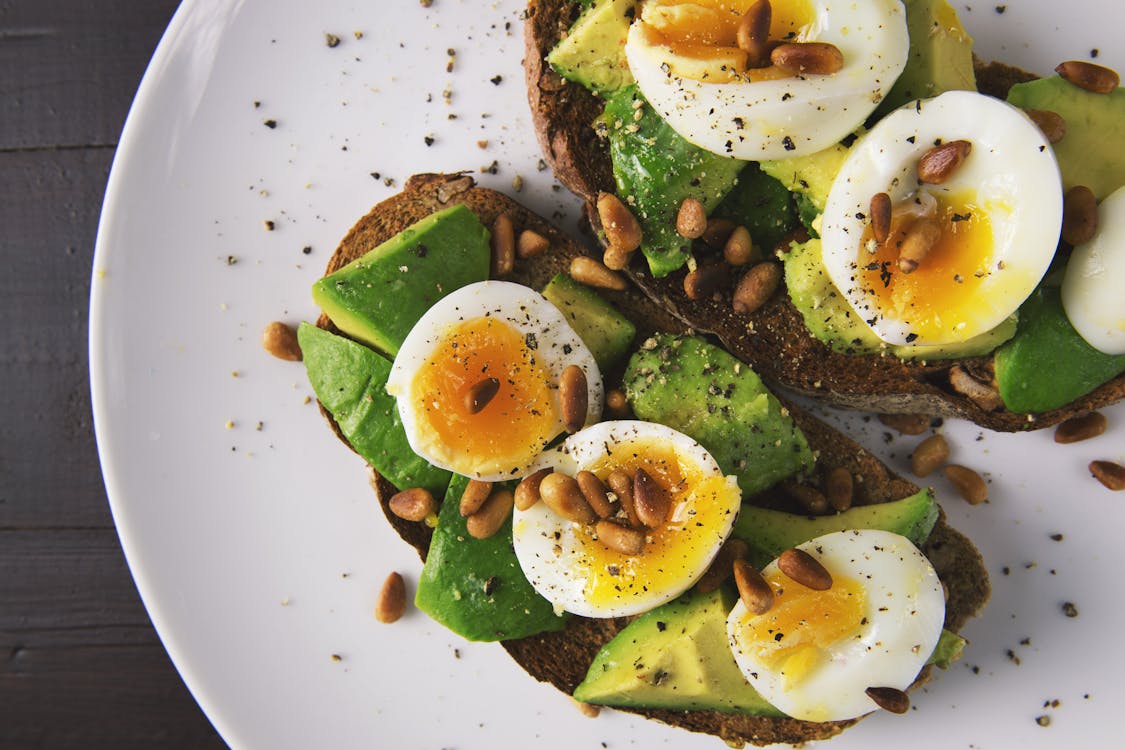Introduction
Healthy snacks are essential components of a balanced diet, offering not only nourishment but also satisfaction and energy between meals. Here are five key characteristics that define a healthy snack:
1. Nutrient Density:
Nutrient density refers
to the concentration of essential nutrients in relation to the total calorie
content of a food. Healthy snacks should be rich in vitamins, minerals, fiber,
and other beneficial compounds while being relatively low in calories. This
ensures that you get the most nutritional bang for your buck, supporting
overall health and well-being without contributing excessively to daily caloric
intake.
Examples of
nutrient-dense snacks include fresh fruits and vegetables, nuts and seeds, yogurt,
and whole grain products. These snacks provide essential nutrients such as
vitamins A and C, potassium, magnesium, and fiber, which are crucial for
various bodily functions including immune function, digestion, and energy
production.
2. Balanced Macronutrients:
A healthy snack should
contain a balance of macronutrients, including carbohydrates, protein, and
healthy fats. This balance helps stabilize blood sugar levels, keeps you
feeling satisfied for longer, and provides sustained energy throughout the day.
Carbohydrates are the
body's primary source of energy, so including complex carbohydrates such as
whole grains, fruits, and vegetables in your snack can provide a steady supply
of fuel. Protein is essential for muscle repair and growth, as well as for
maintaining satiety. Good sources of protein for snacks include nuts, seeds,
yogurt, and lean meats or plant-based alternatives. Healthy fats, found in
foods like avocados, nuts, seeds, and olive oil, help support brain health,
hormone production, and nutrient absorption.
3. Portion Control:
While nutritious snacks
are important for maintaining energy levels and supporting overall health, it's
essential to practice portion control to avoid overeating. Even healthy foods
can contribute to weight gain if consumed in excessive amounts.
One way to practice
portion control is by pre-portioning snacks into individual servings. For
example, instead of eating nuts straight from the bag, portion out a small
handful into a container or baggie. Similarly, you can pre-cut fruits and
vegetables into snack-sized portions for easy grab-and-go options. Paying
attention to portion sizes can help prevent mindless munching and ensure that
you're consuming snacks in moderation.
4. Low in Added Sugars and Sodium:
Many processed snack
foods are loaded with added sugars and sodium, which can contribute to health
problems such as obesity, diabetes, and high blood pressure. Choosing snacks
that are low in added sugars and sodium can help support better health
outcomes.
When selecting packaged
snacks, be sure to check the nutrition label for added sugars and sodium
content. Opt for snacks with minimal added sugars, and choose unsweetened or
lightly sweetened options whenever possible. Similarly, look for snacks that
are low in sodium or opt for healthier alternatives like air-popped popcorn,
fresh fruits, or raw vegetables with hummus.
5. Whole, Minimally Processed Ingredients:
The best snacks are made
from whole, minimally processed ingredients that retain their natural
nutritional value and flavor. Whole foods such as fruits, vegetables, nuts,
seeds, and whole grains are rich in vitamins, minerals, fiber, and
antioxidants, making them ideal choices for healthy snacking.
When choosing packaged
snacks, look for products with simple ingredient lists that you can pronounce
and recognize. Avoid snacks that contain artificial additives, preservatives,
and hydrogenated oils, as these ingredients can have negative effects on
health. Instead, opt for snacks made from whole food ingredients such as nuts
and seeds, dried fruit, whole grain crackers, and natural nut butter.
In summary, a healthy
snack is one that is nutrient-dense, balanced in macronutrients,
portion-controlled, low in added sugars and sodium, and made from whole,
minimally processed ingredients. By choosing snacks that meet these criteria,
you can support your overall health and well-being while satisfying your hunger
and cravings between meals.

